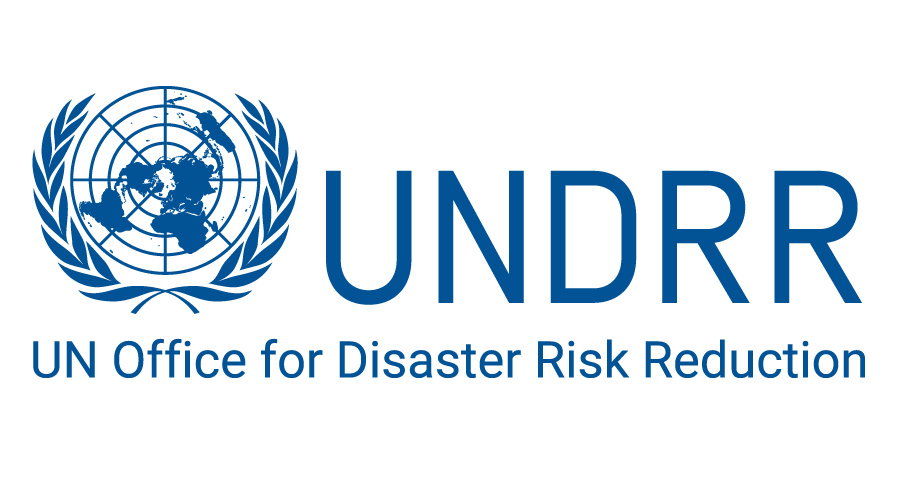
The Middle East and North Africa region is where the frequency and severity of climate-related disasters is rising the fastest, affecting and displacing 7 million people in an average year.
Temperatures in the region have risen by 1.5°C in the past century, twice the global increase. The main sources of vulnerability include water scarcity, increasing climate variability and a fast-growing population concentrated in unstable urban areas with 3 percent of the region’s surface area home to 92 percent of the total population. They mostly face regular floods with limited structural protection, inadequate drainage systems and weak mitigation measures. Other events include landslides, earthquakes, sand and dust storms, droughts, locust infestations and tropical cyclones.
Women are rarely included in public leadership and decision-making in the region, with it presenting the widest gender gaps in terms of economic participation, labour force participation and vulnerable employment conditions. Despite women being overwhelmingly employed in agriculture, they are often at the lower ends of value chains and are disproportionally marginalised from resources, resulting in diminished climate-disaster risk resilience. Their specialised knowledge can contribute significantly to reducing vulnerability to disasters and building community resilience.











